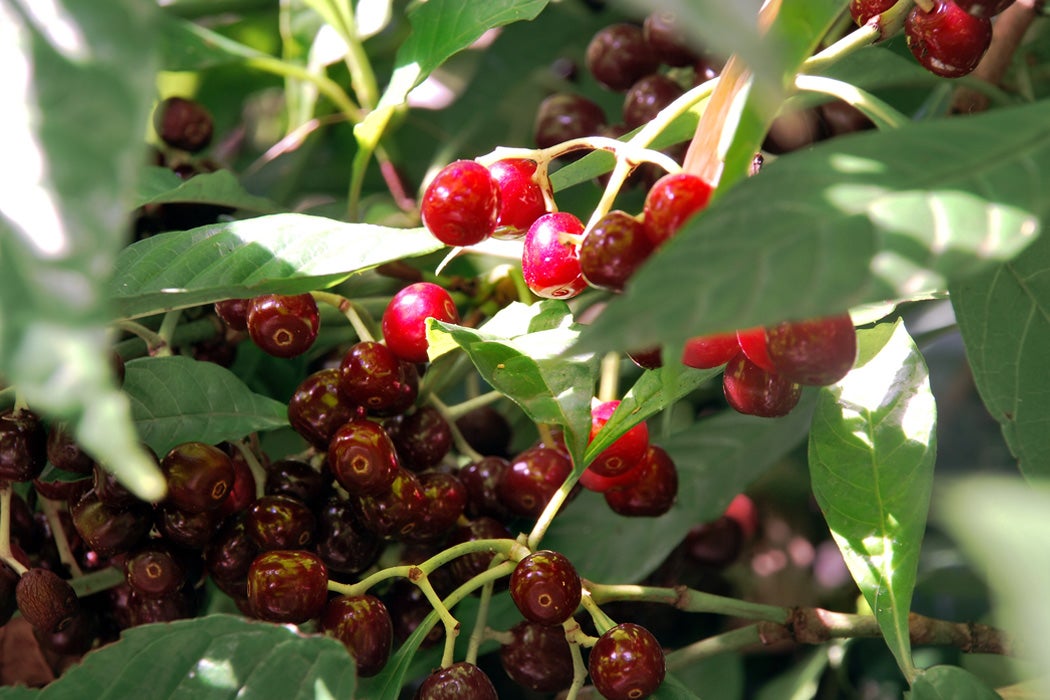Coffee drinkers might have reason to fear the future. According to a new study, the wild relatives of some of the most popular coffee varieties are at risk of extinction from climate change and other causes. And it isn’t just coffee. The wild ancestors of many vital crops are at risk. But since our coffee and other foods come from cultivated varieties, not wild plants, what is the problem?
Agricultural scientists have been warning against the neglect of wild precursors to food crops for decades. In a 1987 paper, agronomist Paul Gepts notes the important genetic diversity available in wild varieties that has been lost in domesticated plants. Gepts notes that many important crops, such as beans, barley, and corn, are genetically similar or even identical. With such homogeny, important crops are vulnerable to catastrophe such as disease or fungus.
Wild crops have an evolutionary advantage simply from being wild. Gepts notes that without the protection of domestic agriculture, these plants are forced to adapt to pests and other challenges on their own. The wild plants thus develop defenses that domestic crops sometimes lack. As such, wild crops harbor and develop new protective genes that have been lost in domestic crops. Gepts notes that growers are frequently unwilling to experiment with wild crosses, since they don’t want to risk losing the commercially valuable traits that were acquired over generations of domestic breeding. He views conservation efforts as inadequate and advocates for both cultivating these wild precursors in controlled environments as well as protecting their natural habitats in order to preserve their potential.
Get Our Newsletter
Furthermore, botanist S. Mayes and colleagues, writing in The Journal of Experimental Agricuture, note that not only is genetic diversity lacking, but the world is especially dependent on very few crops, notably wheat, rice, and corn. The genetic homogeneity is a byproduct of the domestication process—ancient farmers were searching for the best food crops, and as such bred for very particular traits. Now Mayes et al. fear that in a changing climate, such limited options put the world’s food security at risk. They advocate for greater research into little-used crops, including wild varieties, which are frequently cultivated by remote, impoverished communities. Some of these underused plants may serve as backups in case of a disaster involving staples. Others may hold the key to adapting to climate change. They urge not just genetic study but an effort to catalog these plants and figure out which ones might be most valuable commercially in order to save them. Without an income stream, however, there is no incentive to preserve these plants.
Unfortunately it seems that little has changed in thirty years except that maybe the threats have become increasingly dire. Despite warnings, the current last-ditch plans are inadequate and the genetic reservoir wild crops harbor is still at risk.







